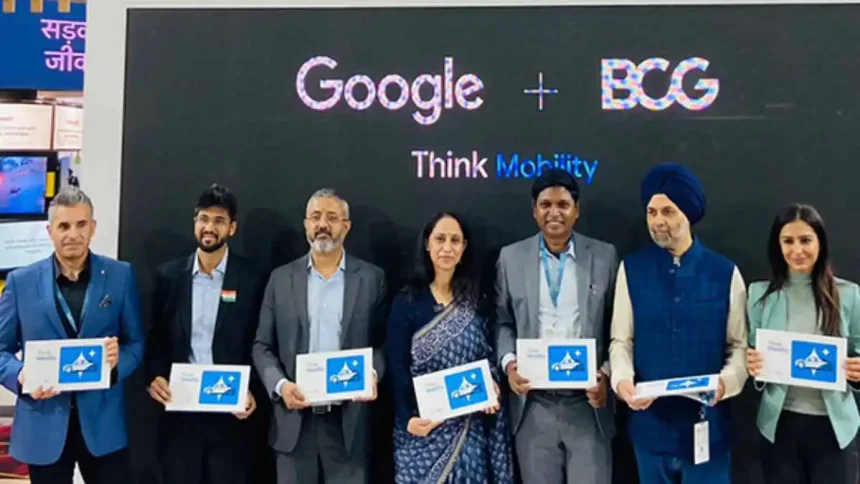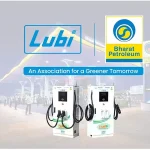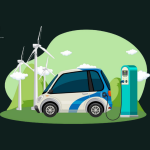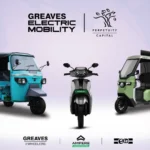The Indian mobility industry is poised for massive growth, with projections indicating that it could exceed USD 600 billion by 2030. According to the latest Think Mobility Report by Google and Boston Consulting Group (BCG), the market is on track to double in size, driven by emerging sectors such as electric, shared, and connected mobility. These segments are expected to contribute an additional USD 100 billion to the total market value. However, traditional sources like internal combustion engine (ICE) vehicles, finance, and insurance will continue to be the primary drivers of revenue in the near future.
Electric Vehicle (EV) Market Growth in India
Electric vehicles (EVs) are becoming increasingly popular in India, with one in three consumers considering an electric vehicle for their next purchase. The report highlights distinct preferences between electric four-wheelers (E4W) and electric two-wheelers (E2W). E4W buyers are mainly drawn to advanced technology and exclusivity, while E2W buyers prioritize affordability and practicality.
The electric four-wheeler market is expected to grow substantially, with its market share rising to 15-17% by FY2030 from just 2.2% in FY2024. Similarly, electric two-wheelers are anticipated to capture 35-40% of the market share, up from 5.4% in FY2024. This rapid growth reflects the increasing demand for more sustainable and eco-friendly transportation options across the country.
Challenges to EV Adoption
While the outlook for electric vehicles is positive, there are still challenges hindering widespread adoption. The report reveals that 51% of consumers cited a lack of charging infrastructure as a significant barrier to EV adoption. Other concerns include high vehicle costs (45%), battery life (31%), and a limited variety of models, especially for electric four-wheelers (20%).
Shifting Consumer Preferences and Decision-Making Trends
A notable trend emerging in the Indian mobility sector is the growing influence of women in purchasing decisions. Women now account for 52% of decision-making in the EV space, surpassing their 38% influence in the purchase of internal combustion engine vehicles. This shift reflects changing attitudes and priorities among female consumers, signaling a more inclusive and diversified market.
In terms of features, Indian consumers are primarily interested in technologies that offer convenience and safety, such as infotainment systems, real-time parking assistance, and anti-theft measures. Although globally popular features like remote control access are gaining traction worldwide, they remain relatively underutilized in India.
Technological Advancements and Personalization in Indian Mobility
As the Indian mobility market continues to evolve, technological advancements are increasingly seen as a means of personal expression. These high-tech solutions are being designed to cater to the diverse preferences of various consumer segments. This emphasis on customization highlights the growing demand for innovative products that meet the unique needs of Indian consumers.
Outlook for India’s Mobility Sector by 2030
The Indian mobility industry is on a unique growth trajectory, with traditional revenue sources still leading the way. However, the emergence of electric, shared, and connected mobility solutions is expected to play a pivotal role in reshaping the future of transportation in India. With increasing consumer demand for EVs and a shift toward sustainable mobility, the sector is set for an exciting transformation over the next decade.












